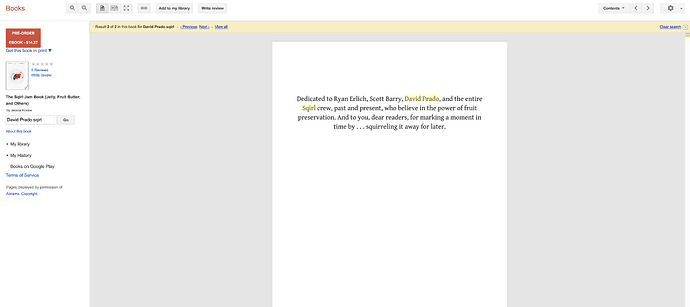"To my customers and my employees, I want to start by saying that I am sorry.
"Sqirl was built with a vision in my mind and the little money I had saved. We started with boxes as tables and crates for chairs. Like any business, as we started to grow, we needed more space, so in 2013, I acquired a secondary kitchen in the space that is now Sqirl Away (directly next door to Sqirl) and it was permitted to operate as a kitchen. I filed paperwork and proactively contacted the Health Department to request an inspection in 2013.
"The truth is that at the time I thought I could update the additional space with the little funds I had saved. But the job ended up being bigger than I could afford and my bank would not give me a loan. Around that time, our secondary kitchen fell off the radar of the Health Department, despite the fact that Sqirl’s main kitchen received regular inspections. Ashamedly, I took advantage of their oversight and did the best we could as we used Sqirl’s main kitchen for all our restaurant orders including jam, and used the secondary kitchen primarily for baking and food prep.
"We were at risk of being shut down, but in our industry, this is common and I was just focused on keeping the lights on and keeping my team employed.
"Until June of this year, our jam was always made in our kitchen at Sqirl after hours, when the restaurant was closed and then cooled and moved to the secondary kitchen for storage. To be clear: No jam was ever made in the secondary kitchen. Since 2018, the Health Department has known about our secondary kitchen and has worked constructively with us as we modernized our secondary kitchen which has now earned an “A” grade from the Health Department. Today, each of the three kitchens I own and operate—Sqirl, the secondary kitchen, and our catering kitchen—have an “A” grade.
"I take the safety and health of my staff and customers seriously. All of the retail jam we have ever sold—which is to say the jam in jars that is bought from us and at stores—is pasteurized and canned with the “hot pack” method that makes the growth of mold basically impossible. That same recipe is used in the restaurant, but because the jam is low in sugar and we don’t use chemicals or preservatives there were occasional instances where mold would develop on the surface.
"When this happened we would remove it. To guide this practice I relied on the research and guidance of health experts and to my knowledge thought it was safe.
"I eat the same jam I serve my customers, family and friends and would never knowingly serve any food that would put their health at risk. I realize that I was wrong and I am sorry.
"We have already thrown out any jam with mold on it and will continue to do so moving forward. Jam with mold will not be permitted in any of our kitchens or our restaurant. We are implementing the same “hot pack” method which is a commercial industry standard that involves pasteurizing all the jam used in the restaurant and storing it in smaller glass containers–just like we always have done with our retail products. We are also submitting samples of our jam to an independent lab, Certified Laboratories, Inc., for testing to ensure its safety and longevity.
"I know I have lost the trust of our loyal customers, partners, and jam subscribers and hope that my sincere regret and these changes demonstrate that I have learned from my mistake and are enough to earn a second chance from them.”


